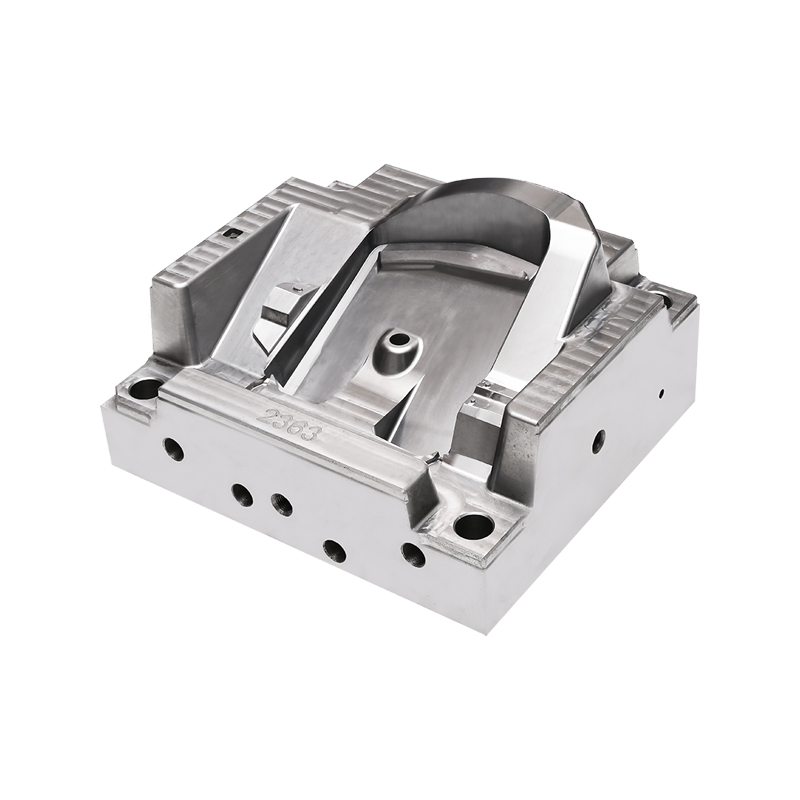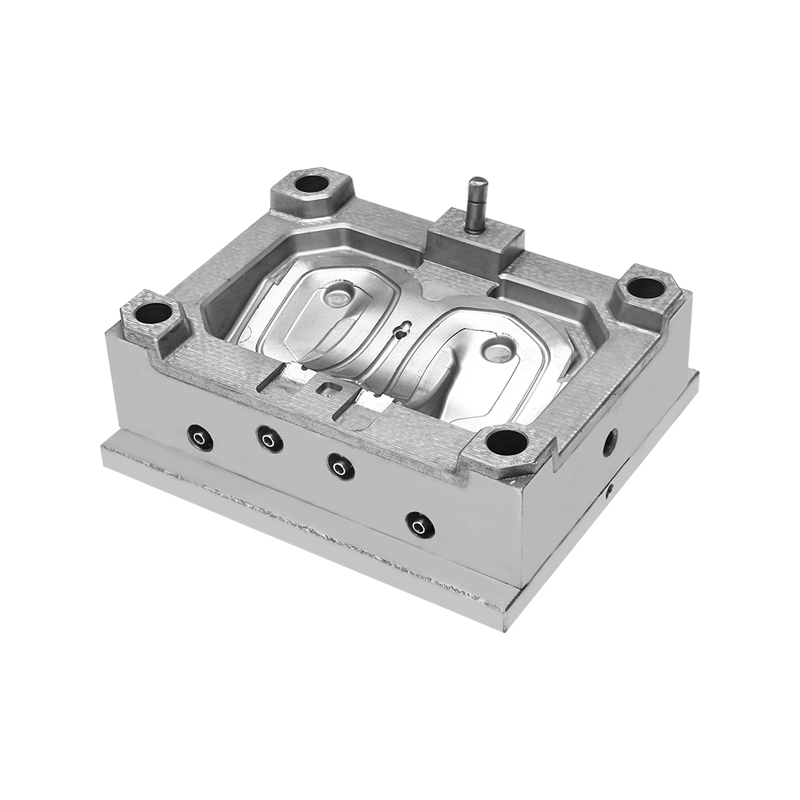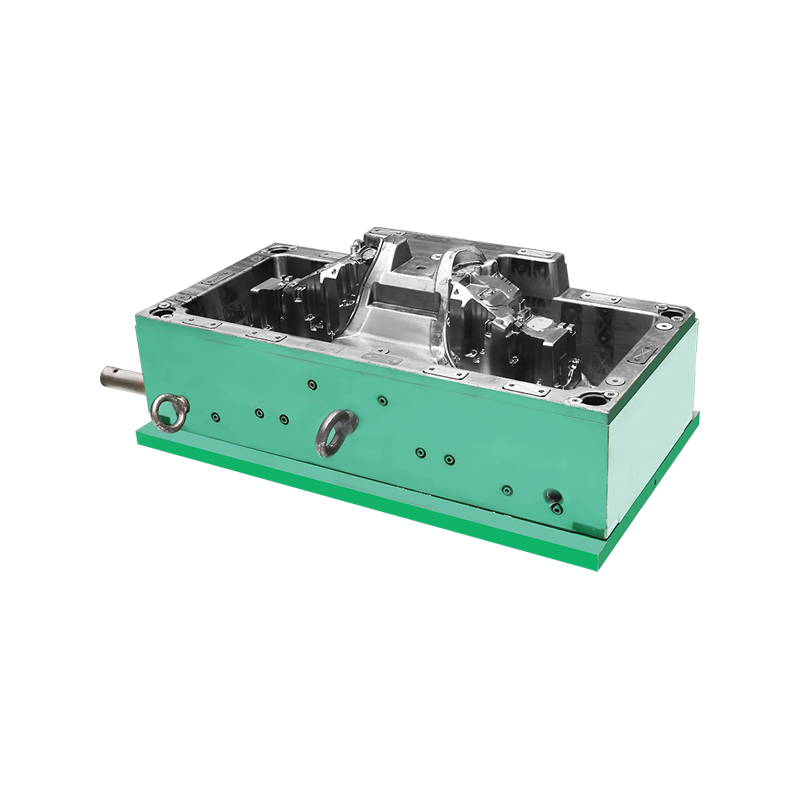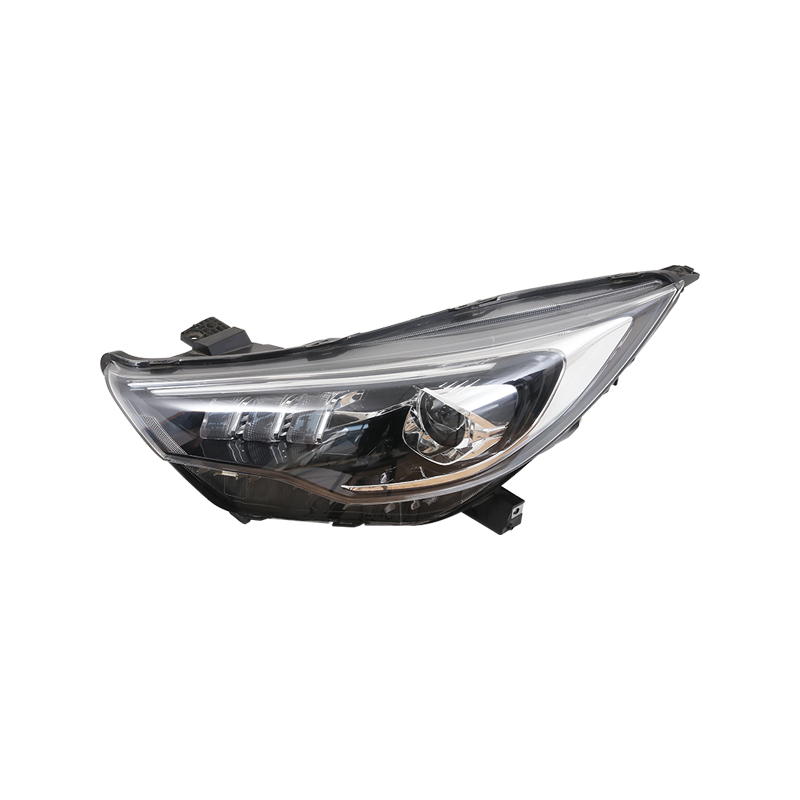China automotive plastic compression injection moulding Factory
In recent years, the automotive industry has undergone a significant transformation, largely driven by the need for greater fuel efficiency and reduced carbon emissions. One of the effective strategies employed by manufacturers is the use of automotive plastic injection moulding. This innovative process enables the replacement of traditional metal components with lightweight plastic parts, offering substantial benefits in terms of vehicle weight, fuel efficiency, and environmental impact.
Automotive plastic injection moulding is a manufacturing process that involves injecting molten plastic into a mould to create specific parts or components. This technique is widely used in the automotive industry due to its efficiency, precision, and ability to produce complex shapes. The automotive plastic injection moulding process allows manufacturers to create durable, high-quality plastic components that can withstand the rigors of automotive applications.
Weight reduction is a critical factor in improving the performance of vehicles. Heavier vehicles require more energy to operate, bringing about increased fuel consumption and higher carbon emissions. By integrating automotive plastic injection moulding into the design and production processes, manufacturers can significantly reduce the weight of vehicles. This reduction is primarily achieved by substituting heavy metal components with lighter plastic alternatives.
For instance, parts such as dashboards, door panels, and bumpers can be efficiently manufactured using automotive plastic injection moulding. These components, traditionally made of metal, can now be crafted from advanced lightweight plastics without compromising strength or safety. The result is a vehicle that is easier to handle and more efficient in terms of fuel consumption.
The relationship between vehicle weight and fuel efficiency is direct. Studies have shown that reducing a vehicle's weight by just 10% can bring about a 6–8% increase in fuel economy. By employing automotive plastic injection moulding, manufacturers can achieve these reductions in weight, resulting in vehicles that consume less fuel over their lifespan.
Consider the impact on fleet vehicles, which often cover significant distances. A lighter vehicle, made possible through automotive plastic injection moulding, will not only require less fuel but will also contribute to lower operating costs. Fleet operators are increasingly recognizing the advantages of lightweight vehicles, particularly in terms of long-term savings and sustainability.
The reduction of carbon emissions is a pressing concern for both consumers and manufacturers. With stricter regulations aimed at minimizing greenhouse gas emissions, the automotive industry is under pressure to innovate. Automotive plastic injection moulding plays a vital role in this context. By replacing heavier metal parts with lightweight plastic components, manufacturers can produce vehicles that emit fewer carbon emissions during operation.
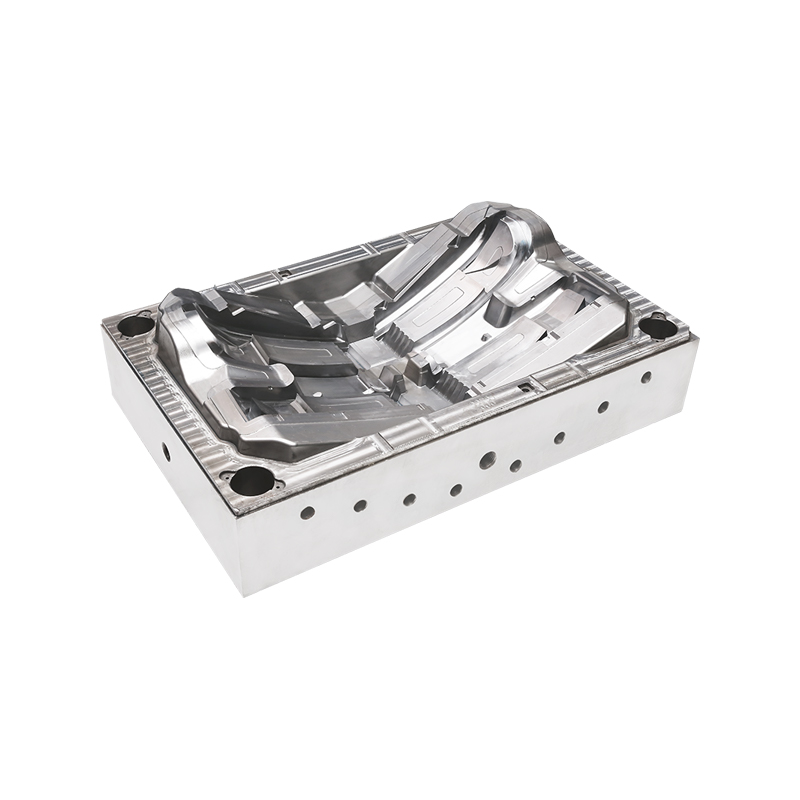
Furthermore, the use of plastics in vehicles can bring about improved recyclability. Many modern plastics used in automotive plastic injection moulding are designed to be more easily recyclable than traditional metals. This not only contributes to a circular economy but also ensures that vehicles have a reduced environmental footprint throughout their lifecycle.
The evolution of plastic materials has made significant contributions to the effectiveness of automotive plastic injection moulding. High-performance plastics, such as polycarbonate and polypropylene, offer strength and durability comparable to metals while being significantly lighter. These materials can withstand bad conditions, making them suitable for various automotive applications.
Additionally, advancements in composite materials allow for even greater flexibility in design. Composites can be tailored to meet specific performance requirements, further enhancing the benefits of automotive plastic injection moulding. As these materials continue to improve, the potential for weight reduction and performance enhancement in vehicles increases.
Numerous automotive manufacturers have successfully implemented automotive plastic injection moulding to achieve significant weight reductions. For example, a automobile manufacturer replaced metal brackets with plastic equivalents in its vehicle assembly. This change resulted in a weight reduction of approximately 30%, bringing about a notable increase in fuel efficiency.
Another case involves a company that utilized automotive plastic injection moulding to produce a lightweight bumper system. By designing the bumper with advanced plastics, the manufacturer achieved a weight reduction of 40% compared to traditional metal bumpers. This not only improved fuel efficiency but also enhanced the vehicle's overall performance.
As the automotive industry continues to embrace sustainability and efficiency, the role of automotive plastic injection moulding will likely expand. The focus on electric vehicles (EVs) presents an additional opportunity for lightweight materials. EV manufacturers are particularly interested in reducing vehicle weight to enhance battery range and performance.
The use of automotive plastic injection moulding in EV production can bring about the development of components that support the unique requirements of electric powertrains. Lightweight plastic parts will not only improve overall vehicle performance but also contribute to the sustainability goals of the industry.
While automotive plastic injection moulding offers numerous advantages, there are challenges to consider. The initial costs associated with developing new moulds and materials can be high. Additionally, manufacturers must ensure that the performance of plastic components meets safety standards and consumer expectations.
Another consideration is the perception of plastics in the automotive sector. Some consumers may associate plastics with lower quality compared to metals. However, ongoing education about the benefits and advancements in plastic technology is crucial for shifting this perception.
In conclusion, automotive plastic injection moulding is a transformative process that significantly contributes to reducing vehicle weight, enhancing fuel efficiency, and lowering carbon emissions. By replacing traditional metal components with lightweight plastic alternatives, manufacturers can create vehicles that not only perform better but also support sustainability initiatives.
As the automotive industry continues to evolve, the importance of automotive plastic injection moulding will only grow. With advancements in materials and technology, the potential for innovation in this field is immense. Embracing automotive plastic injection moulding is not just a trend; it is a necessary step toward a more efficient and environmentally-friendly automotive future. The journey toward lighter, more fuel-efficient vehicles is well underway, and automotive plastic injection moulding is at the forefront of this evolution.

 English
English 中文简体
中文简体 русский
русский Español
Español
